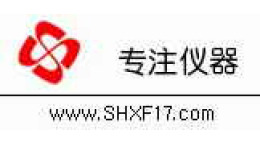方案详情文
智能文字提取功能测试中
Vol. 14, No.8Applications Note Applicatinationsi Insight on Color Vol. 14, No.8 Path Length and the Measurementof Transparent Liquids If you were to hold a glass of colored liquid up to a lamp and look at its color as the light shines throughit from behind, you would be viewing its transmitted color. Transmitted color of a liquid is determinedthe same way with your instrument (ColorQuest XE, ColorQuest XT, UltraScan PRO, or UltraScanVIS). When you place the liquid into the transmission compartment, the instrument lamp shines throughthe sample and the detector measures the color of the light that passes through the liquid to the detector. In either case, the path length of the liquid is determined by its container. The distance from the frontedge of your glass (where you are looking) to the back edge of the glass (where the light is entering) isthe path length. For a typical transmission cell, the path length is the distance from the clear side of thecell where the light enters the sample to the opposite clear side of the cell where the light exits and goesto the instrument's detector. Path length of the glass When measuring transmitted color ofa liquid in any container, it is ESSENTIAL that the appropriatesample path length be selected and used consistently. Why is that? Well, let’s take a look. Below are pictures of transmission cells with three different path lengths that have been filled with thesame colored liquid. Do they look the same? No! In the front view, you can see that the liquid in the cell on the left lookslighter and less saturated than the liquid in the other two cells. The sample on the right looks very darkand saturated. In the angled view, you can see the differences in the cell path lengths. The cell on theleft has a 10-mm path length, the middle one has a 20-mm path length, and the cell on the right has a 50-mm path length. The samples look different to your eye with different path lengths. Is the same thingtrue when you measure with an instrument? You bet. Each of the above samples was measured on an UltraScan XE in TTRAN mode as shown in the picturesbelow. 10-mm cell 20-mm cell 50-mm cell The following color values were received (D65/10°). Cell Path Length L* a* b* 10-mm 81.82 -8.77 -11.34 20-mm 69.88 -10.18 -19.59 50-mm 44.54 0.79 -32.26 Just as we had noted visually, the sample in the 10-mm cell appears lighter (higher L*) and lesssaturated (particularly for the blue; b* is less negative) than the samples in the cells with longer pathlengths. The spectral plot and color rendering view shown below also illustrate the differences detectedinstrumentally. The spectral transmission plot for the samples. The top curve is the 10-mm path length and thebottom curve the 50-mm path length. The curves have the same shape. The color rendering (approximation of what the instrument sees) for the samples. The left box onthe bottom is the 10-mm path length and the right boxon the bottom is the 50-mm path length. So, what does all this mean? It means that for each type of liquid you measure and compare, you needto choose one path length, record that path length as part of your measurement method, and stick with it. If you measure some samples in a 10-mm cell and others in a 20-mm cell, you will not be able tocompare the measurements. So, what is the proper path length for your samples? That depends. Sometimes the path length may be specified by your measurement method. For instance, ASTM D1500requires that measurements of samples for which the ASTM D1500 Index will be calculated be made ina 33-mm transmission cell. This kind of specific requirement makes your decision easy. In other cases you may have limited quantities of sample available or it may be an expensive productthat you’d like to use sparingly. You might choose to use a special small path length cell that requiresonly a very small amount of sample. For hazardous or volatile liquids, you may wish to use a screw-top transmission cell rather than an openone. A 20-mm screw-top cell is shown below. If you would like to bleed sample from a process line and/or pump liquid directly into and out of thetransmission cell while it is situated in the instrument, you may wish to use a flow-through transmissioncell like the one shown below. If none of these conditions apply, then your path length should be chosen based on the color of yoursample. If you’re measuring a colorless or near-colorless liquid, a 50-mm cell should be used, ifpossible, to maximize the difference the instrument will see between samples. The longer path lengthmeans more liquid is being viewed and any color there is will be amplified. If your sample is a dark orvery saturated color, you will want to use a cell with a smaller path length (such as 10-mm) so that asmuch light as possible can pass through the sample and get to the detector. A shorter path length andless liquid means that less light will be lost in the sample and the amount of light making it to thedetector will be adequate for an accurate measurement. For moderately-chromatic liquids or when avariety of colors will be measured, a 20-mm cell can be used by default. All the transmission cells currently available through HunterLab are listed in the table below. Eachtransmission cell requires a special cell holder for proper placement. These holders are also listed in thetable, grouped with the cells they support. More information on these items can be found in your User’sManual or CMR addendum. Catalog Number Item Path Length D02-1011-568 Transmission Spill Tray and Cell Holder C02-1005-481 Transmission Cell Holder 13-8573-20 Transmission Cell 50 mm B04-1003-801 Transmission Cell 33 mm 04-4592-00 Transmission Cell 20 mm 13-8573-40 Transmission Cell 10 mm D12-1011-892 Transmission Cell with Two Screw Tops 50 mm D12-1011-891 Transmission Cell with Two Screw Tops 33 mm D12-1011-890 Transmission Cell with Two Screw Tops 20 mm D12-1011-893 Transmission Cell with Two Screw Tops 10 mm B04-1002-672 Tall Transmission Cell 20-mm D02-1009-960 Flow-through Cell Holder C04-1001-960 Flow-through Cell 50mm Catalog Number Item Path Length C04-1001-959 Flow-through Cell 20mm C04-1001-958 Flow-through Cell 10mm CMR 2581 Small Volume Top-Loading Transmission Cell 2mm L02-1012-202 Semi-micro Cell Holder and Optical Assembly for10-mm or 20-mm standard or semi-micro cuvettes(not available through HunterLab) D02-1011-550 Cylindrical Cell Holder for 27-mm to 30-mm ODTubes (not available through HunterLab) CMR 2751 Spill Tray and Cylindrical Cell Holder for 27-mm to 30-mm OD Tubes (not available through HunterLab) D02-1011-886 Holder for Small Volume Transmission Cells A13-1011-613 Screw Cap and Injectable Cylindrical Small VolumeTransmission Cell 10mm CMR 2375 Transmission Cell Holder for Narrow (1-cm wide)10-mm, 20-mm, and 50-mm Cuvettes (not availablethrough HunterLab) in RTRAN CMR 2608 Insulated Holder for Hot Liquids B04-1002-672 Tall Transmission Cell 20-mm CMR 2865 Holder for 20-mm OD Nessler Tall Form ColorComparison Tubes (not available through HunterLab) For Additional Information Contact: CCopyright age Measure Color...Measure Quality Page CCopyright
关闭-
1/6
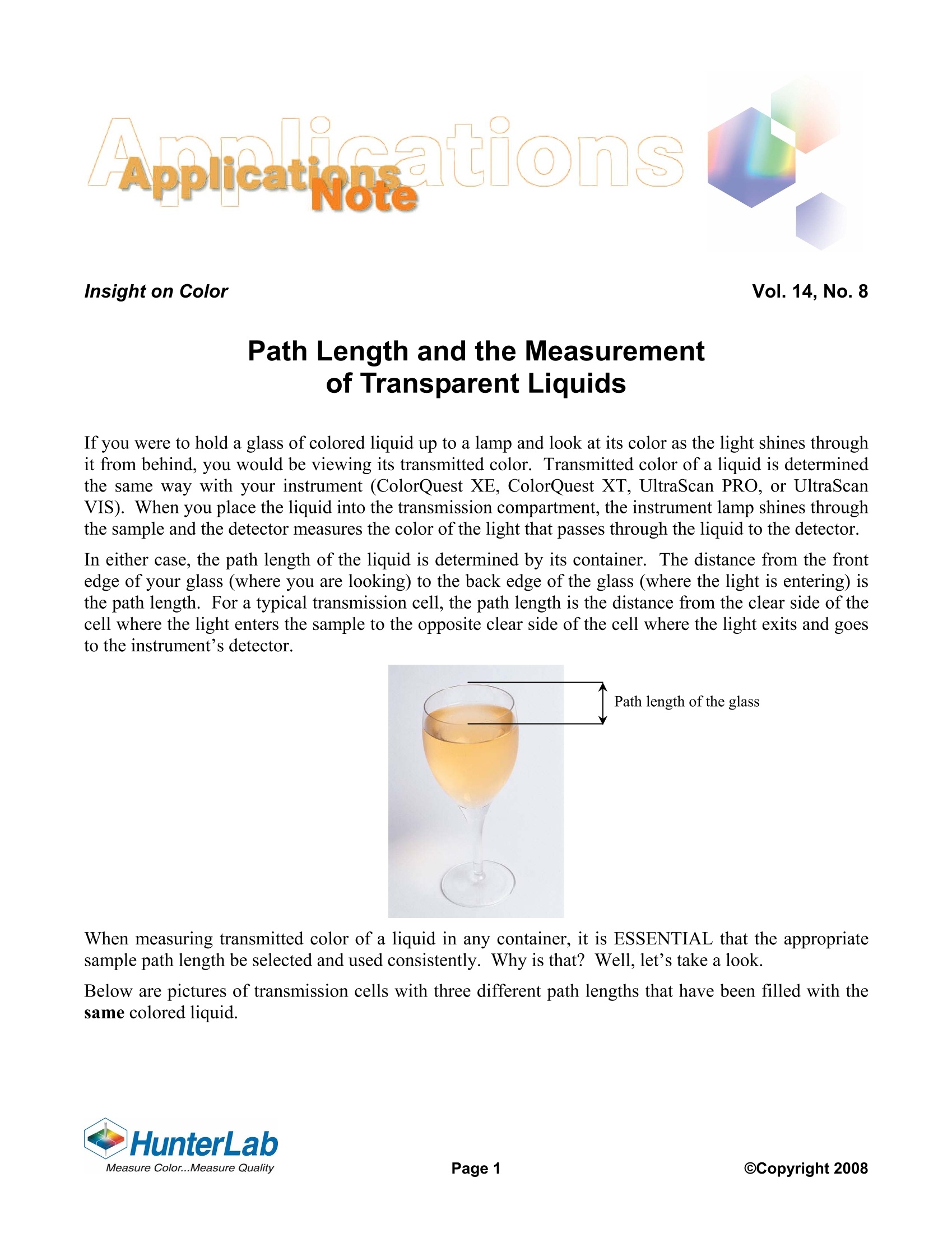
-
2/6

还剩4页未读,是否继续阅读?
继续免费阅读全文产品配置单
上海韵鼎国际贸易有限公司为您提供《测色仪透射光程影响透明溶液测量结果》,该方案主要用于其他中null检测,参考标准《暂无》,《测色仪透射光程影响透明溶液测量结果》用到的仪器有HunterLab近红外光谱多功能色差仪|测色仪UltraScan PRO。
我要纠错
推荐专场
相关方案


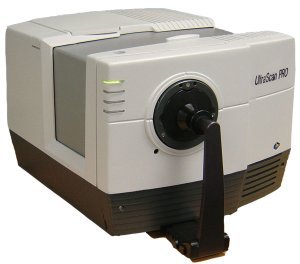
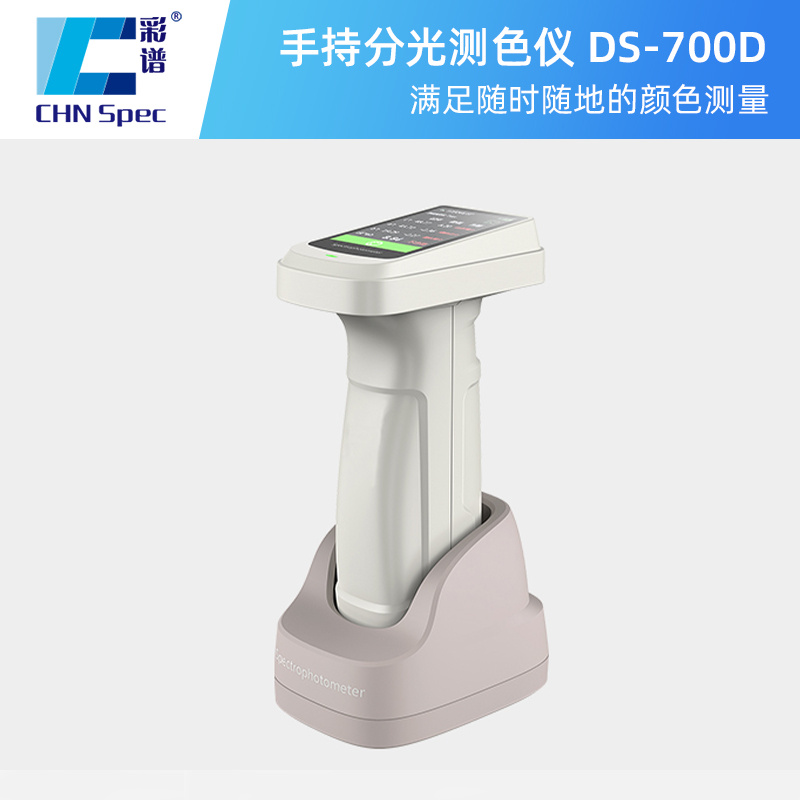
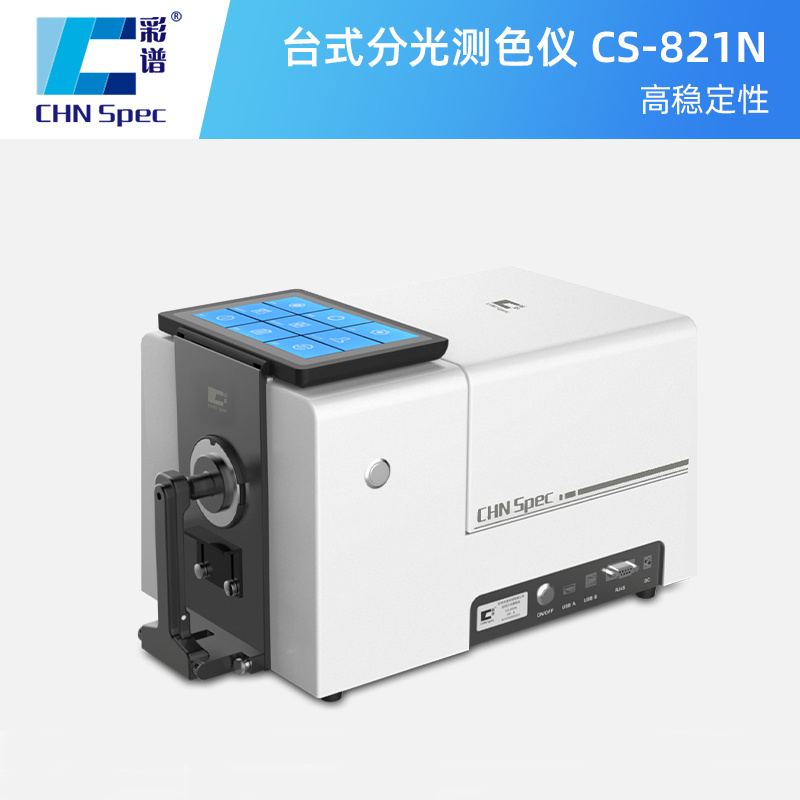

 咨询
咨询

